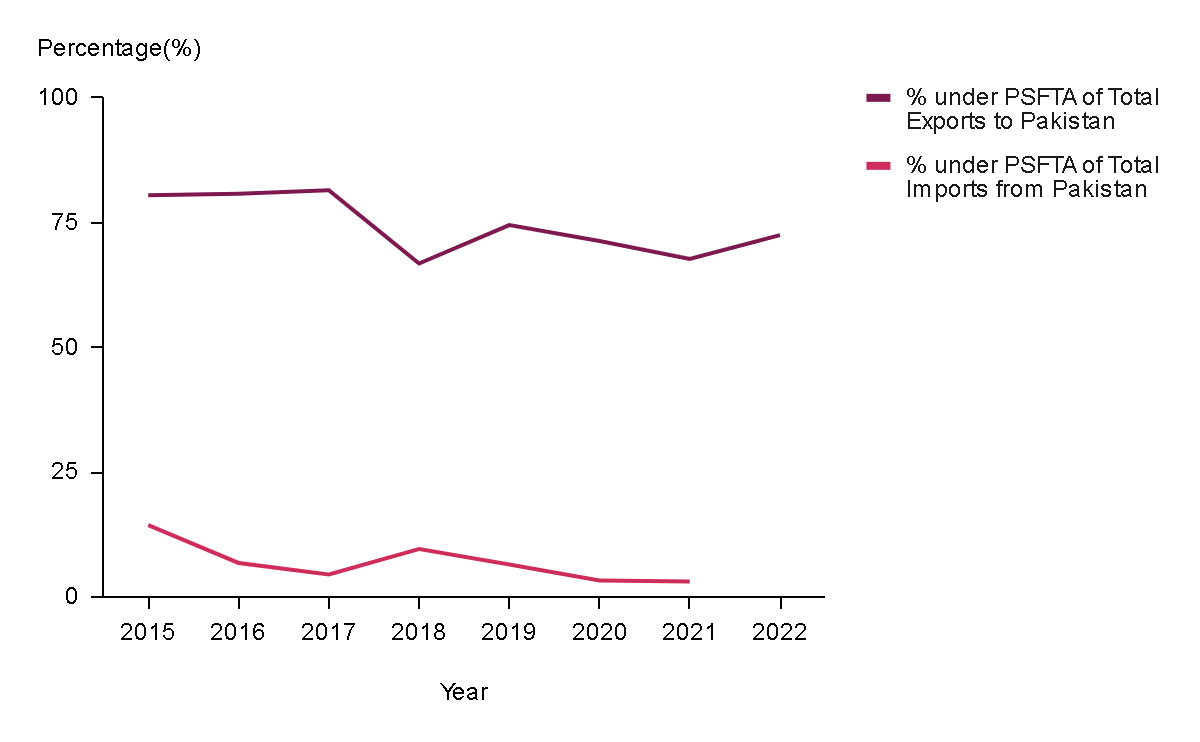By Dhananath Fernando
Originally appeared on the Morning
Blaming imports and importers has long been ingrained in Sri Lankan culture, often seen as a root cause of the country’s economic issues. This perspective not only overlooks the fact that many importers are also exporters, but also fails to recognise that imports and exports are fundamentally interconnected components of the global trade system.
Despite this, it is crucial to acknowledge that not all imports are conducted ethically or transparently. Recent scandals, such as the sugar scam, misinvoicing, bribery, and procedural irregularities at Customs, highlight the darker aspects of importation. However, casting imports in a universally negative light and fostering resentment based on ideological reasons could prove to be more harmful than beneficial.
Recent investigative reports have revealed staggering profits made by importers on essential commodities like green gram, B-onions, and potatoes. Some profit margins have been reported as high as 280% when comparing the Cost, Insurance, and Freight (CIF) value to the market prices of these goods.
Before rushing to judgement on these profit margins, it is essential to delve deeper into the circumstances surrounding these imports. For example, the importation of green gram has been severely restricted since the onset of the Covid-19 pandemic, requiring special approval from the Ministry of Agriculture. As a result, the quantity of green gram imported in 2023 has been minimal.
Thus, comparing the CIF value at the port to market prices can be misleading, as it does not accurately reflect the profits made by importers. This situation raises questions about the high market prices for green gram, pointing to inefficiencies in local production rather than exorbitant profits by importers.
The scenario with undu, a staple food item, is similar. With a Rs. 300 import tariff, the market price for 1 kg of undu ranges between Rs. 1,500-1,700. This high cost is partly because importers cannot bring in undu without approval from the Ministry of Agriculture, despite the imposition of tariffs.
Allowing imports could potentially reduce the price of undu to around Rs. 700 per kg, even after tariffs. The restriction on undu imports exacerbates price inflation, making it unaffordable for many, particularly those in estate regions and the northeast, leading to food insecurity among vulnerable populations.
During the recent economic crisis and the consequent shortage of foreign exchange, many imports were facilitated through informal payment channels and ‘open papers’ in undiyal markets. This practice, aimed at evading high tariffs and taxes through under-invoicing, underscores the complexity of Sri Lanka’s tariff structure and the urgent need for its simplification.
The report by the Ways and Means Committee suggests that focusing solely on the cost of goods at the port does not provide a complete picture of the import value, especially considering the prevalence of informal payments. This approach to calculating profits, based solely on declared document values, overlooks additional costs borne by importers, thus distorting the perception of their profit margins.
Moreover, the perishability of essential food items, along with the significant costs associated with storage, wastage, and the impact of rising fuel and electricity prices, further complicates the economic landscape. These factors, combined with high inflation rates, have significantly influenced the cost structure of both the wholesale and retail markets, affecting pricing and profit margins.
The impact of export controls on certain commodities, such as B-onions by India, has also played a role in inflating global prices, illustrating the complex interplay of international trade policies and local market dynamics.
This situation underscores the phenomenon of unintended consequences in economic policy, where well-intentioned policies can lead to outcomes that are diametrically opposed to their original goals. Sri Lanka’s intricate tariff structure and monetary instability have inadvertently encouraged informal payment methods on one hand and escalated costs on the other, placing the poorest members of society in an increasingly precarious position.
While it is undeniable that practices like misinvoicing represent clear violations of the law and must be addressed through appropriate legal channels, attributing the entirety of Sri Lanka’s economic challenges to importers overlooks the broader systemic issues at play. Simplifying the tariff structure, as this column has long advocated, could lead to increased Government revenue and minimise systemic leakages, offering a more sustainable solution to the economic challenges faced by importers and consumers alike.
In conclusion, while illicit practices within the import sector must be rigorously tackled, the solution to Sri Lanka’s economic dilemmas lies not in vilifying importers but in addressing the complex policy and structural issues that underpin the nation’s trade dynamics. A comprehensive approach, focusing on policy reform, tariff simplification, and enhancing local production efficiencies, is essential for creating a more stable and equitable economic environment.




